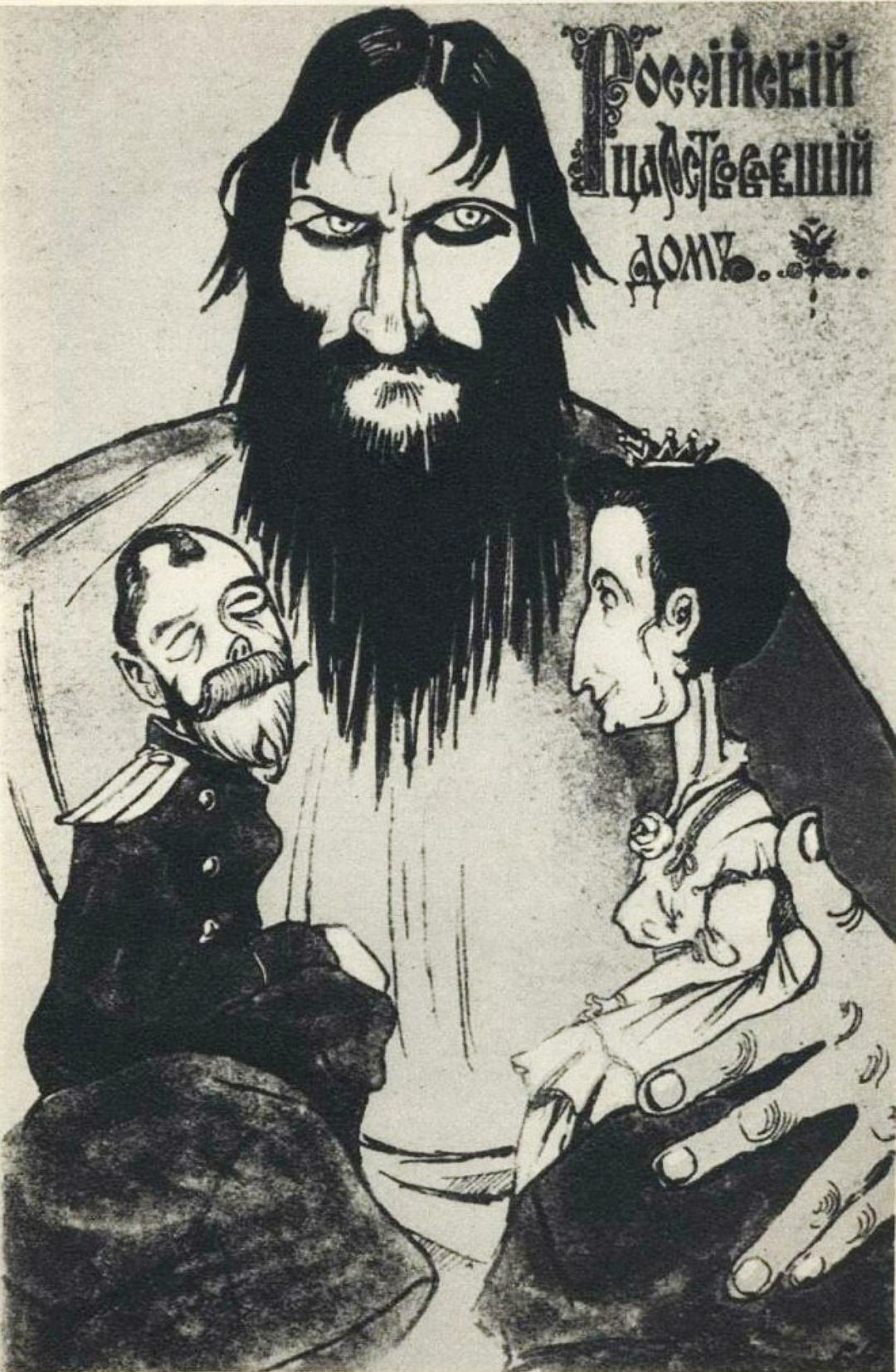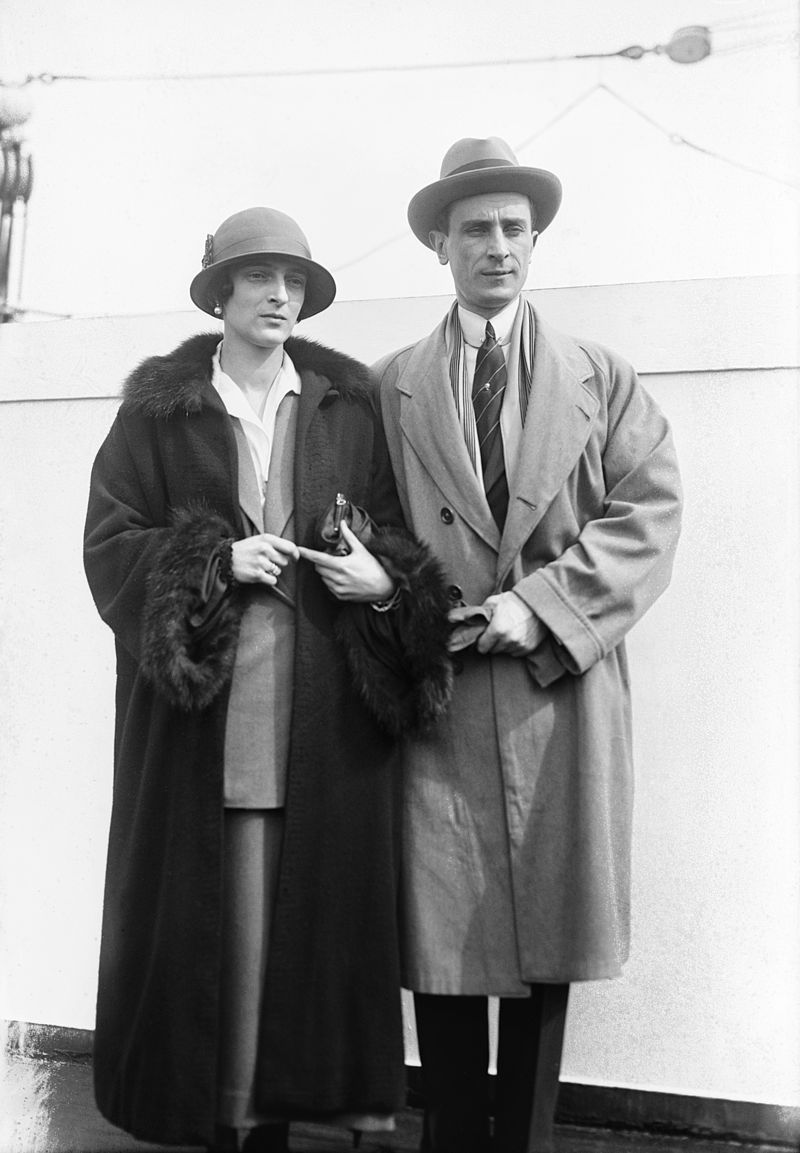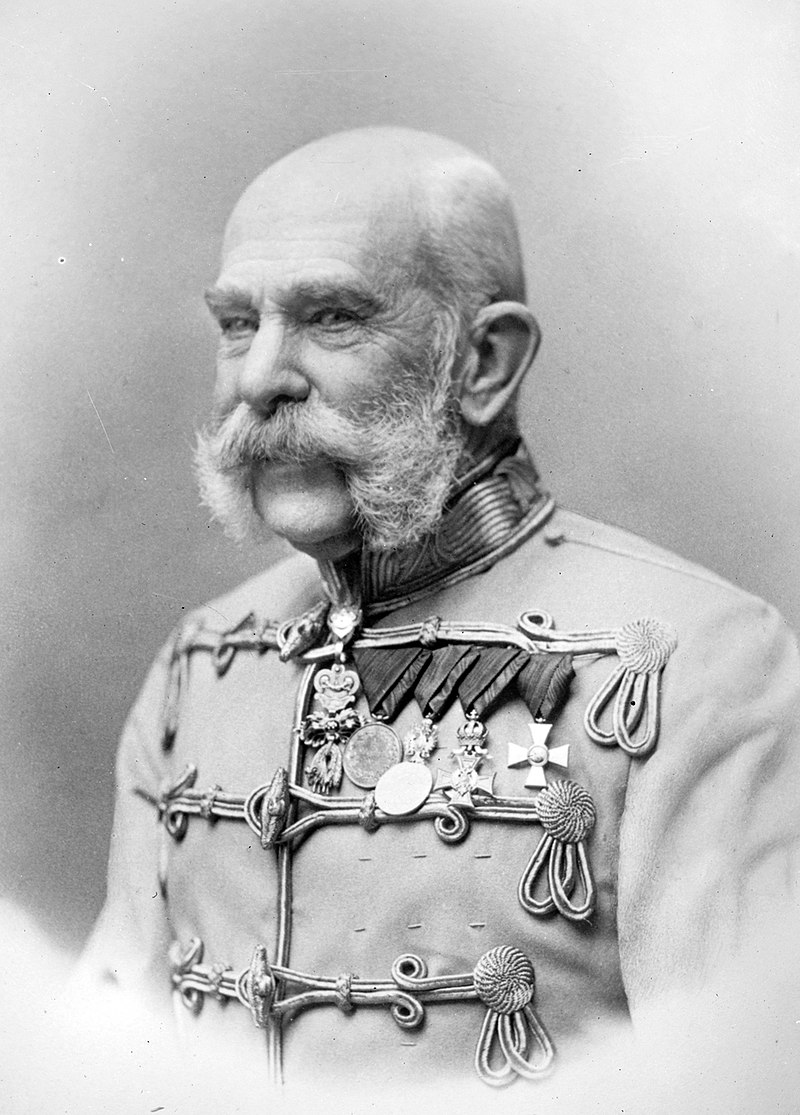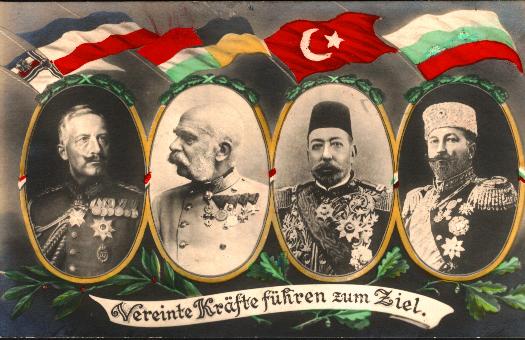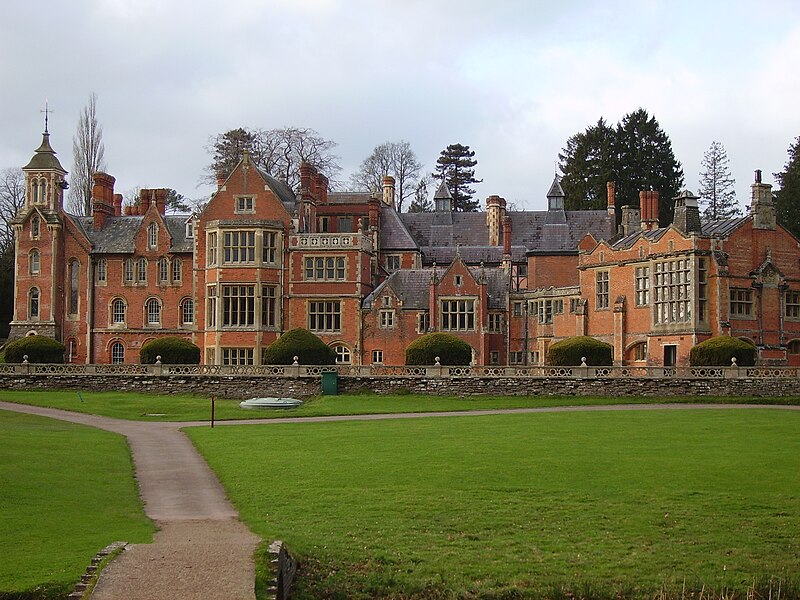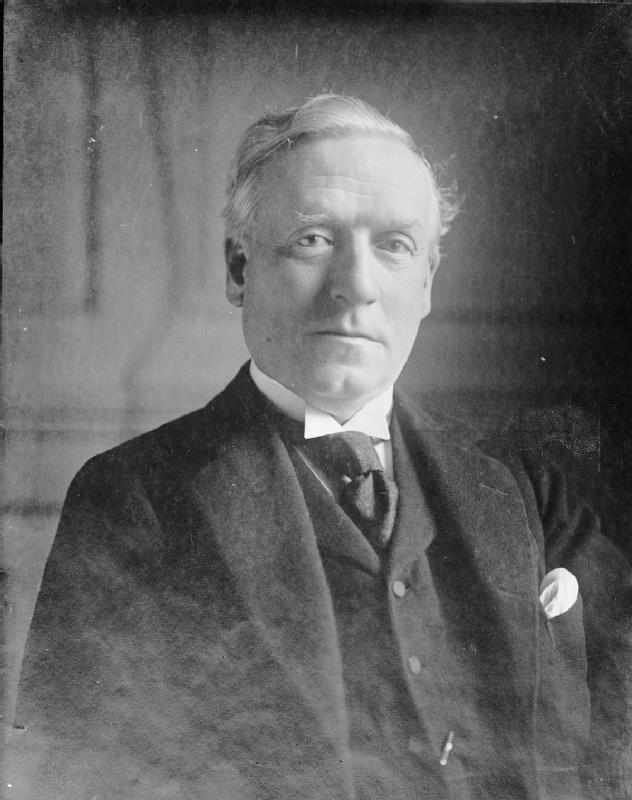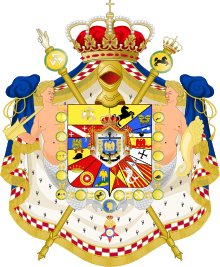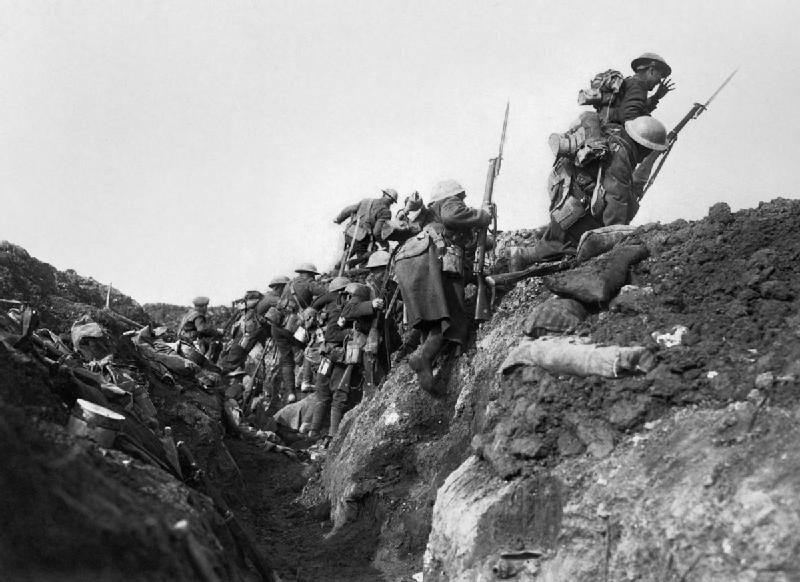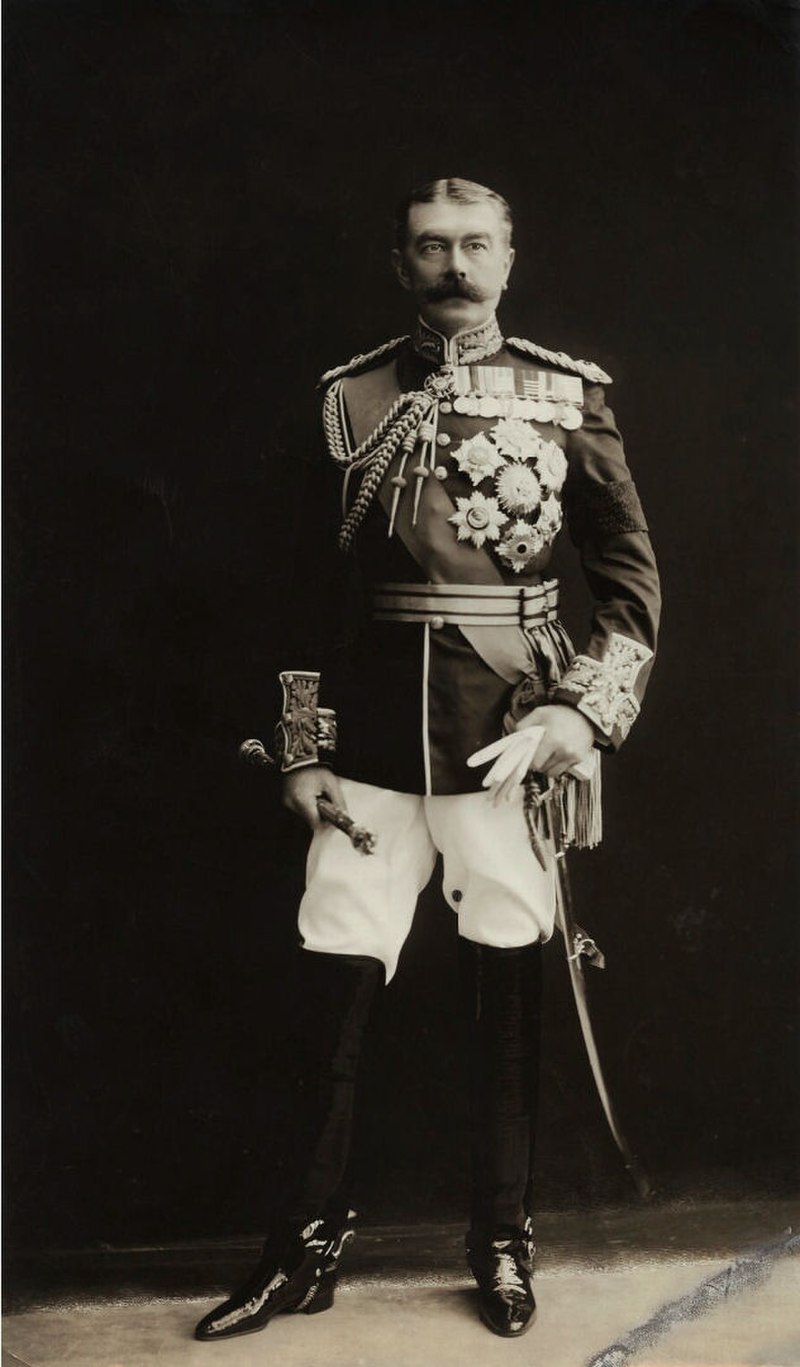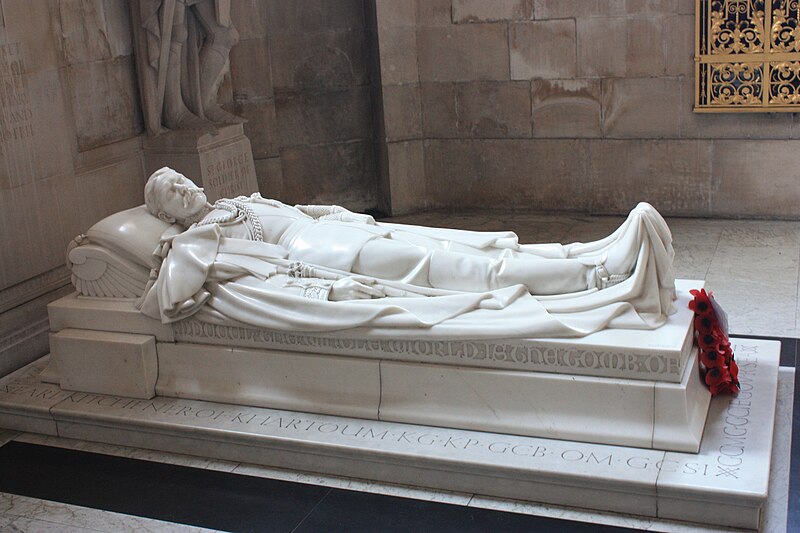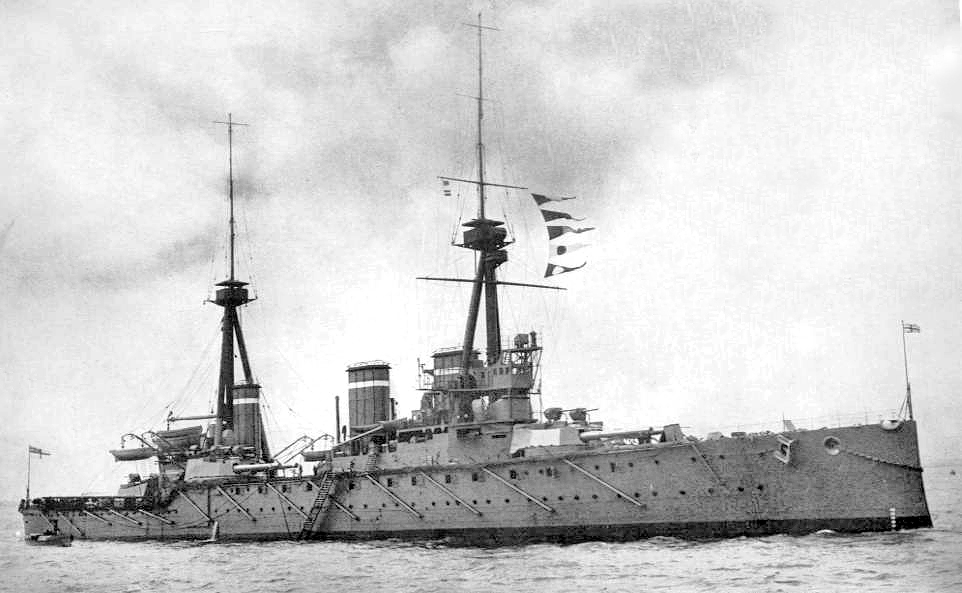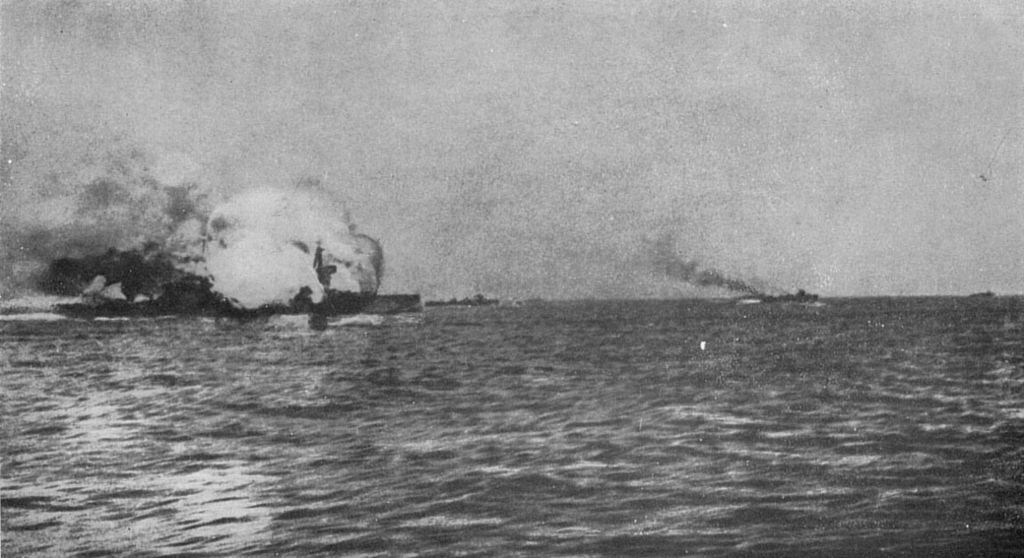by Susan Flantzer
- Wilhelm II, German Emperor and the Noble Peace Prize
- Timeline: February 1, 1917 – February 28, 1917
- A Note About German Titles
- February 1917 – Royals/Nobles/Peers/Sons of Peers Who Died In Action
********************
Wilhelm II, German Emperor and the Noble Peace Prize

Wilhelm II, German Emperor in 1914; Photo Credit – Wikipedia
As I started to research this article, I realized I did not have as many options for a topic as in past months. I had only one death of a royal/peer/peer’s son with very little information and no World War I event involving royalty. I started to peruse the February 1917 dates On This Day area at http://www.firstworldwar.com/ and found this for February 2, 1917: “Stambul University proposes German Emperor as recipient of Nobel Peace Prize.” Wilhelm II, German Emperor nominated for the Nobel Peace Prize? Yes, he was nominated twice in 1917 and also once in 1911! First, some basic background on Wilhelm and then we will get into the Nobel Peace Prize nominations.
Friedrich Wilhelm Viktor Albrecht was born on January 27, 1859, at the Crown Prince’s Palace in Berlin. He was the first child of Prince Friedrich Wilhelm of Prussia (the future Friedrich III, German Emperor) and Victoria, Princess Royal of the United Kingdom, and the first grandchild of Queen Victoria and Prince Albert, whose names he was given.
Wilhelm was related to many European royals. His sister Sophie was the Queen Consort of Greece. Among his first cousins were King George V of the United Kingdom, Queen Maud of Norway, Grand Duke Ernst Ludwig of Hesse and by Rhine, Empress Alexandra Feodorovna of Russia, Queen Marie of Romania, Duke Albert of Schleswig-Holstein, Crown Princess Margaret of Sweden, Duke Charles Edward of Saxe-Coburg and Gotha, and Queen Victoria Eugenie of Spain.
1888 was called the Year of the Three Emperors. On March 9, 1888, Wilhelm’s grandfather Wilhelm I, German Emperor died. Already ill with throat cancer, Wilhelm’s father became Friedrich III, German Emperor. His reign lasted only 99 days as he died on June 15, 1888 and Wilhelm became German Emperor at the age of 29.
Wilhelm was very militaristic and wanted to increase the strength of Germany’s armed forces, particularly the German Imperial Navy which he wanted to be the equal of the United Kingdom’s Royal Navy. Although Wilhelm appeared to have some doubts after the assassination of the heir to the Austrian throne, Archduke Franz Ferdinand in Sarajevo, Serbia (see his translated memoirs), Wilhelm incited Austria-Hungary to take revenge against Serbia for the assassination. Events worsened throughout July of 1914 resulting in the beginning of World War I in August of 1914. Years before the start of World War I, Germany had developed the Schlieffen Plan, a one-front war-winning offensive against France which was the thinking behind the German invasion of France and Belgium on August 4, 1914.
In the aftermath of World War I, Germany had a revolution that resulted in the replacement of the monarchy with a republic. Wilhelm abdicated on November 9, 1918. On November 10, 1918, Wilhelm Hohenzollern crossed the border by train and went into exile in the Netherlands, never to return to Germany. On June 4, 1941, Wilhelm II, the former German Emperor and King of Prussia, died of a pulmonary embolism at Huis Doorn, his home in exile in Doorn, The Netherlands. He was 82 years old and had lived at Huis Doorn since 1920.
Alfred Nobel‘s will stated that the Peace Prize should be given “to the person who shall have done the most or the best work for fraternity between nations, for the abolition or reduction of standing armies and for the holding and promotion of peace congresses” and the prize should be decided “by a committee of five persons to be elected by the Norwegian Storting,” the Storting being the Norwegian Parliament.
The nomination archives at Nobel Prize official website do indicate that Wilhelm II, German Emperor was nominated three times for the Nobel Peace Prize, all by university professors: in 1911 by Benjamin Ide Wheeler and twice in 1917 by The Faculty of law at the Ottoman University of Istanbul and also by Robert Holtzmann. According to the statutes of the Nobel Foundation, a Nobel Peace Prize nominator must be from one of several categories including “University professors, professors emeriti and associate professors of history, social sciences, law, philosophy, theology, and religion; university rectors and university directors (or their equivalents); directors of peace research institutes and foreign policy institutes.” To see how the Nobel Peace Prize process of nomination and selection works see
http://www.nobelprize.org/nomination/peace/
The 1911 nominator Benjamin Ide Wheeler was an American Greek and comparative philology professor at Cornell University and then served as President of the University of California at Berkley. At the time of the 1911 nomination, a number of articles in Germany and around the world called Wilhelm Friedenskaiser, in English, Emperor of Peace. Benjamin Ide Wheeler had met Wilhelm and according to The Intimate Papers of Colonel House: Behind the Political Curtain 1912-1915 (page 31): Wilhelm “had told him that his object in building a navy was not to threaten England, but to add prestige to Germany’s commerce upon the seven seas. He had spoken of how impossible war should be between England and Germany, or, in fact, how utterly foolish any general European war would be. He thinks the coming antagonism is between the Asiatics and the Western peoples and that within twenty years the Western peoples will recognize this and stand together more or less as a unit. Wheeler told of how narrowly a general European war was averted last March over the Balkan imbroglio, and how the Emperor thinks he saved the day by his suggestion of creating the State of Albania.’ The Kaiser told Wheeler that he had warned Russia if they attacked Austria, he would strike them immediately. The Kaiser also told him he felt kindly toward England and that he was Queen Victoria’s favorite grandchild.”
The 1917 nominators were the Faculty of Law at the Ottoman University of Istanbul and Robert Holtzmann, Professor of History at the University of Breslau. Breslau was then part of Germany. Now it is Wrocław, Poland. I could no information on the rationale for the two nominations. The Ottoman Empire (now Turkey) was in the same alliance as Germany during World War I. Holtzmann had fought with the Imperial German Army on the Western Front in the years 1914-1916 and was badly wounded in 1916.
Wilhelm II, German Emperor was not the only royal nominated for the Nobel Peace Prize in 1917. Albert I, King of the Belgians, who was on the opposite side in the World War I and whose country had been invaded and occupied by Germany, was nominated “for his national sacrifice in order to uphold the idea of international law during the war.”
On December 10, 1917, the Nobel Peace Prize was awarded to the International Red Cross which continues to do worthwhile work around the world.
http://www.nobelprize.org/nobel_prizes/peace/laureates/1917/press.html
http://www.history.com/this-day-in-history/red-cross-is-awarded-nobel-peace-prize
Works Cited
- 21, Leben im. Leben im 21. Jahrhundert. 2016. Web. 17 Dec. 2016.
- “31 ‘House longed to get good accomplished and was content that others should have the credit .’ VISCOUNT GREY OF FALLODON THE INTIMATE PAPERS OF COLONEL.” n.d. Web. 17 Dec. 2016.
- 2016, Nobel Media AB. Join us: 2016. Web. 17 Dec. 2016.
- Abrufstatistik. “Robert Holtzmann.” Wikipedia. N.p.: Wikimedia Foundation, 1946. Web. 17 Dec.
- Duffy, Michael. A multimedia history of world war One. 2000. Web. 17 Dec. 2016.
- “Nobel peace prize.” Wikipedia. N.p.: Wikimedia Foundation, 15 Dec. 2016. Web. 17 Dec. 2016.
- Susan. “Wilhelm II, German Emperor and king of Prussia.” German Royals. Unofficial Royalty, 4 June 2013. Web. 17 Dec. 2016.
********************
Timeline: February 1, 1916 – February 28, 1917
- February 1 – Germany resumes unrestricted submarine warfare
- February 23 – Second Battle of Kut in Kut, Mesopotamia (present-day Iraq), British recapture the city
- February 23 – April 5 – Germans withdraw to the Hindenburg Line
********************
A Note About German Titles
Many German royals and nobles died in World War I. The German Empire consisted of 27 constituent states, most of them ruled by royal families. Scroll down to German Empire here to see what constituent states made up the German Empire. The constituent states retained their own governments, but had limited sovereignty. Some had their own armies, but the military forces of the smaller ones were put under Prussian control. In wartime, armies of all the constituent states would be controlled by the Prussian Army and the combined forces were known as the Imperial German Army. German titles may be used in Royals Who Died In Action below. Refer to Unofficial Royalty: Glossary of German Noble and Royal Titles.
24 British peers were also killed in World War I and they will be included in the list of those who died in action. In addition, more than 100 sons of peers also lost their lives, and those that can be verified will also be included.
********************
February 1917 – Royals/Nobles/Peers/Sons of Peers Who Died In Action
The list is in chronological order and does contain some who would be considered noble instead of royal. The links in the last bullet for each person is that person’s genealogical information from Leo’s Genealogics Website or to The Peerage website If a person has a Wikipedia page, their name will be linked to that page.
2nd Lieutenant The Honorable George Cecil Rowley
- son of Hercules Edward Rowley, 4th Baron Langford and Georgina Mary Sutton
- born August 18, 1896 in Agher, County Meath, Ireland
- Second Lieutenant in the King’s Royal Rifle Corps
- killed in action February 17, 1917 in France, age 20
- buried at Regina Trench Cemetery in Grandcourt, France
********************







